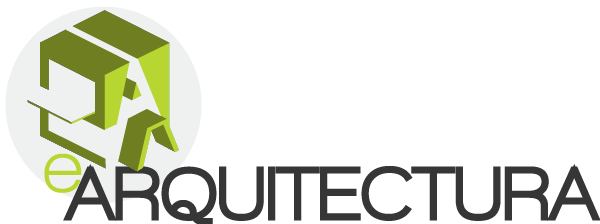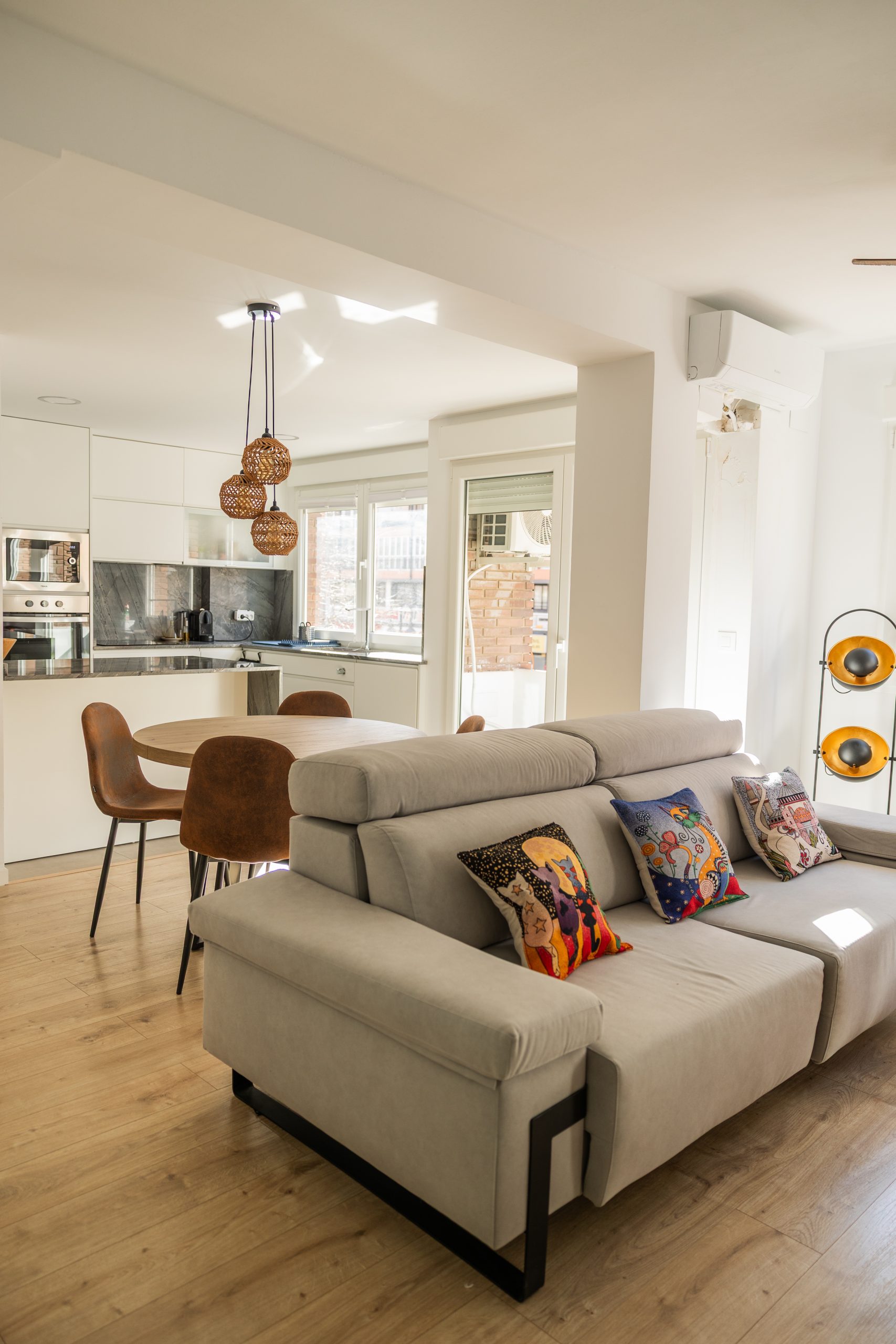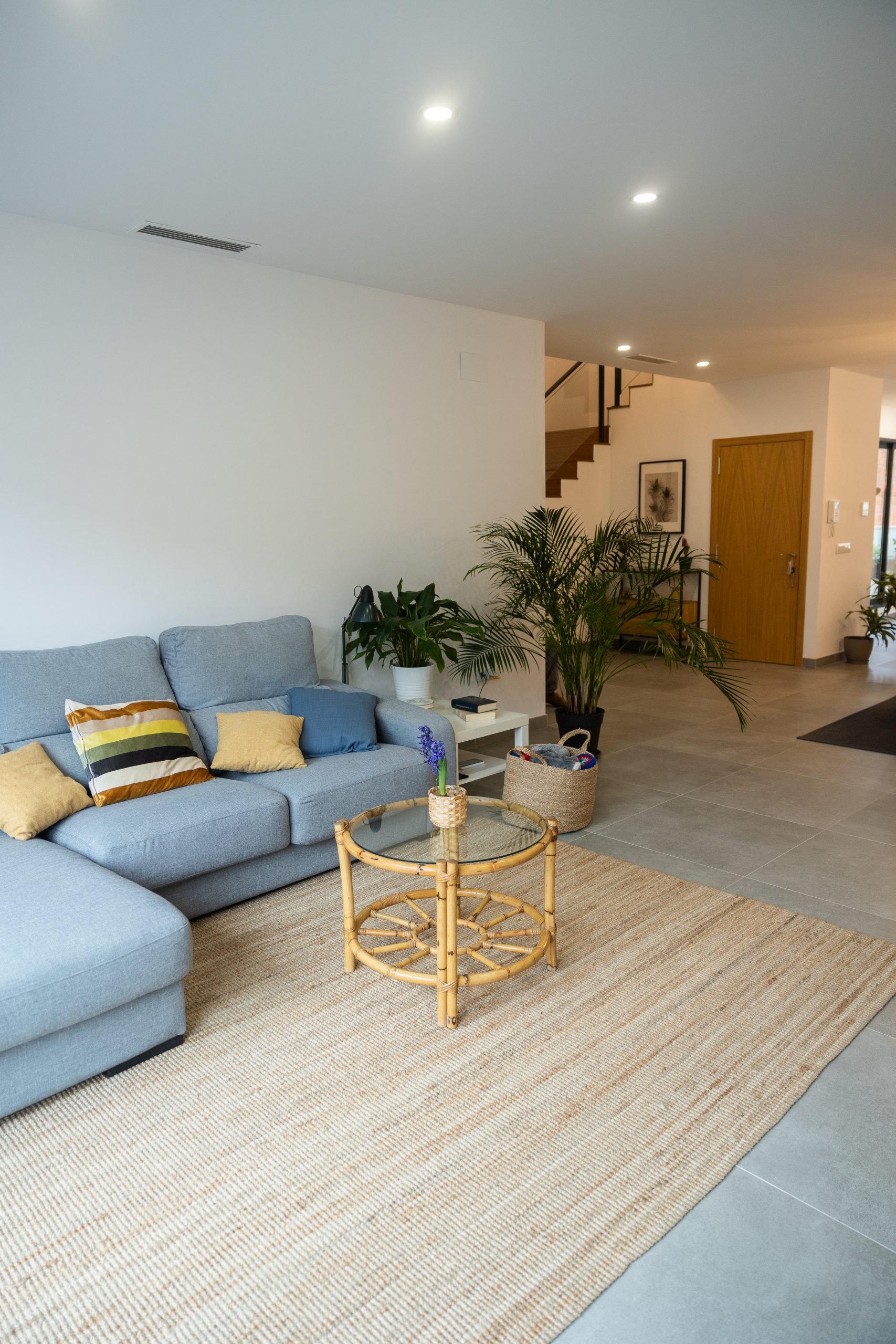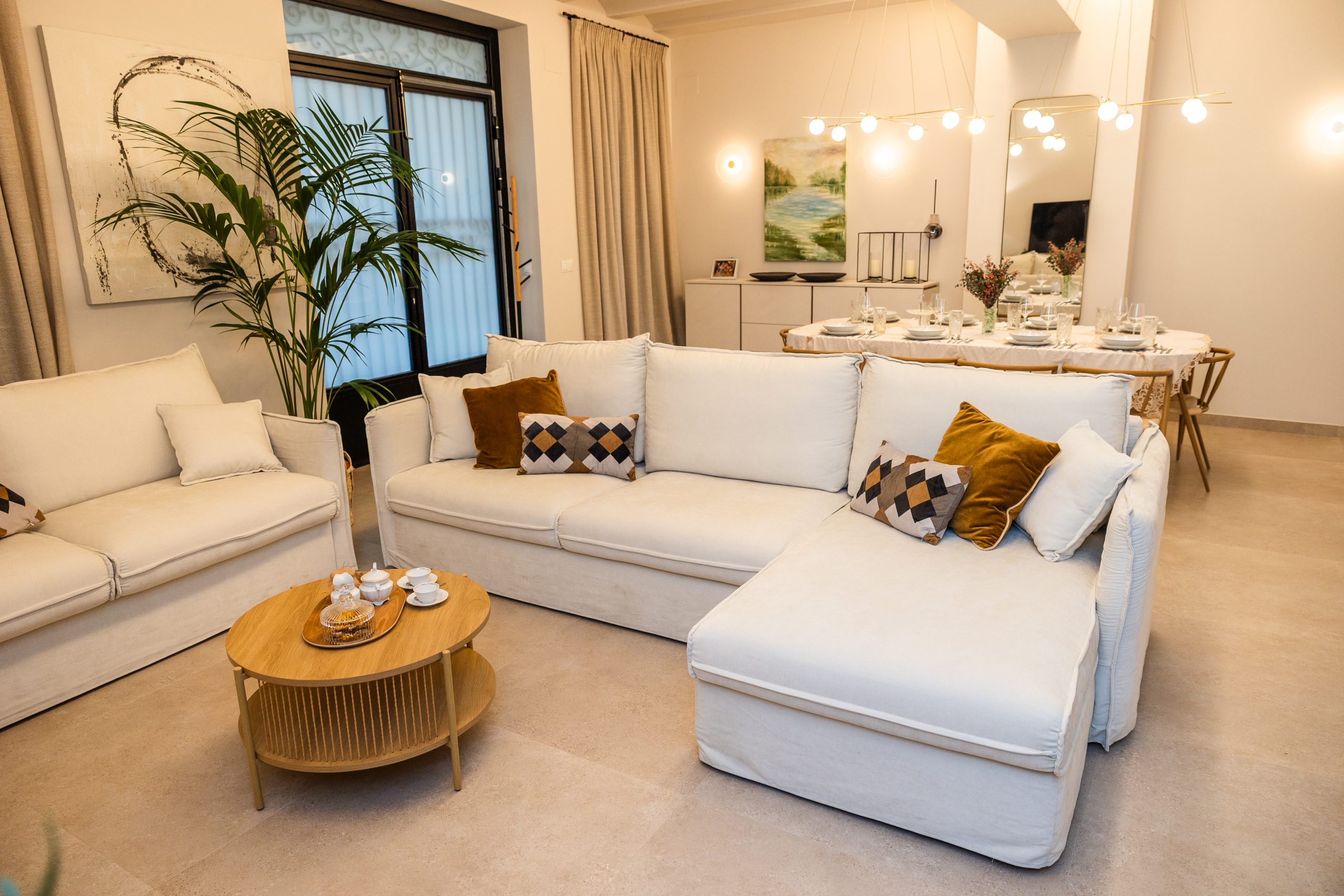This is a question that many homeowners on undeveloped land (chalets, sheds, etc.) who built their land without a permit ask themselves.
Well, in this post, we'll try to clearly and briefly explain the situations that homes with these characteristics can face and the possibilities an owner has to legalize their property.
It will be analyzed within the scope of the regulations of the Valencian Community.
Can I legalize my home if I built it without a license?
As long as the necessary parameters for building a home on rural land are met (10,000 m2 of land, distances to boundaries, roads and other buildings, etc.), they can be legalized through a certified technical legalization project, but there are other methods for those situations in which some of these parameters are not met.
To do this, we must analyze the three possible scenarios:
Types of housing to be legalized
a) Housing built before May 25, 1975.
b) Housing built before August 20, 2014.
c) Homes built since August 20, 2014
a) Prior to May 25, 1975.
In order to regularize or legalize this type of housing, the Second Final Provision of Law 5/2014, of July 25, of the Generalitat, of Territorial Planning, Urbanism and Landscape, of the Valencian Community (https://www.boe.es/eli/es-vc/l/2014/07/25/5/con), also known as LOTUP, allows these constructions to be assimilated to licensed constructions.
- Procedure: The procedure is the simplest of cases since only a certificate of age from a competent technician is required, emphasizing that the home was built prior to the aforementioned date and that no extension works have been carried out and that they currently maintain the use and characteristics that they had when the aforementioned law came into force and are not in a state of ruin. This certificate must be submitted together with the application for legalization of completed work on non-developable land to the respective town hall of the municipality to which the home belongs.
b) Housing built between May 25, 1975 and August 20, 2014.
This is a scenario regulated by Law 1/2019, of February 5 (https://www.boe.es/eli/es-vc/l/2019/02/05/1), amending the LOTUP. According to article 211 bis. “Actions to minimize the territorial impact generated by isolated buildings on non-developable land”
- Procedimiento: Se trata de un proceso más largo y tedioso que el anterior, para regularizar la vivienda, se puede solicitar ante el ayuntamiento del municipio una declaración de situación individualizada de minimización de impacto territorial, la cual mediante pleno la puede aceptar o no el consistorio y una vez aceptada, se exigirá , un estudio de integración paisajística, un análisis de las afectaciones y riesgos ambientales y medidas correctoras propuestas para evitarlos, un proyecto básico, donde se describa la situación actual de la edificación y las obras que resulten necesarias para la legalización y todo ello redactado por técnico competente. Para la aceptación en pleno del ayuntamiento de este procedimiento, las viviendas tienen que cumplir estos dos requisitos:
- No se encuentra en una zona de densidad igual o superior a tres viviendas por hectárea.
- No se sitúa en suelo que goce de cualquier tipo de protección por sus especiales valores ambientales, o suelo que se encuentre afectado por limitaciones de uso específicas derivadas de la aplicación de la normativa sectorial de minas, costas, aguas, riesgo de inundación o infraestructuras, o por la existencia de actividades implantadas legalmente o en proceso de legalización.
c) Homes built after August 20, 2014
This is the most restrictive of the three cases; this type of existing housing must comply with the building parameters for new construction on non-urbanizable land, which are (in addition to the planning regulations of each municipality):
- They have to harmonize with the environment, (typical construction typology of the area)
- Unless authorized by municipal regulations, no more than two floors are permitted.
- Its construction will not be authorized near roads, livestock trails or other public domain assets.
- Minimum total land area of 10,000 m2, uninterrupted (they cannot be separated)
- The surface area occupied by the building will never exceed 2% of the surface area of the rural property. (If we have 10,000 m2, it cannot exceed 200 m2 of housing.)
- Building near riverbeds will not be permitted, and existing trees and the topography of the land will be respected (if the site is on a hillside, the slope must be respected).
- It will be necessary: Supply of drinking water (if there is no drinking water network, water purification can be carried out using the permitted types of purification) and wastewater treatment (if there is no sanitation network, the installation of an approved oxidation tank will be necessary)
- No more than one dwelling is permitted per plot.
- Procedure: Once it has been verified that it complies with all the parameters, a legalization project and a final work certificate signed by a competent technician will be drafted and submitted together with the application for legalization of completed work on non-urbanizable land to the respective town hall of the municipality to which the home belongs.



